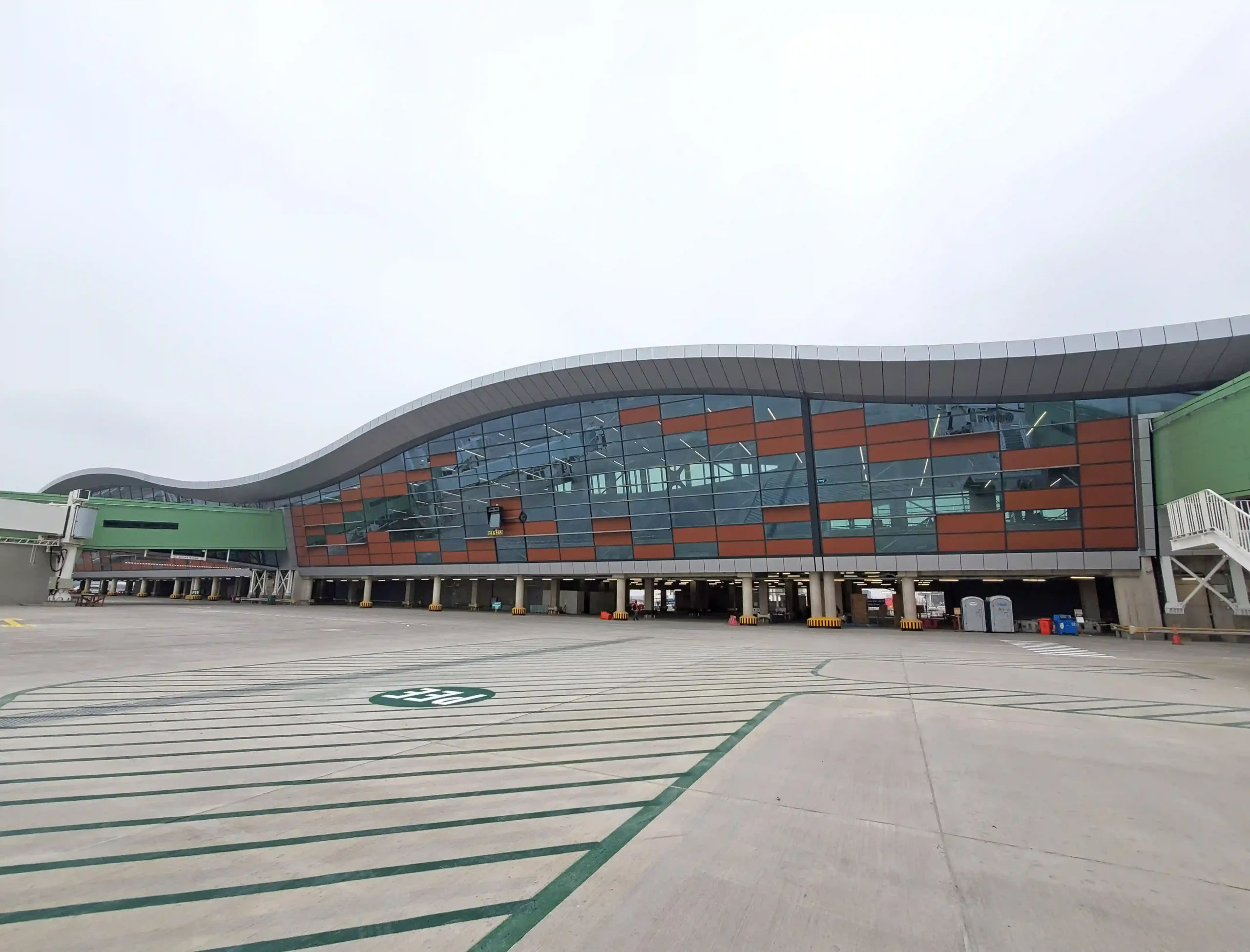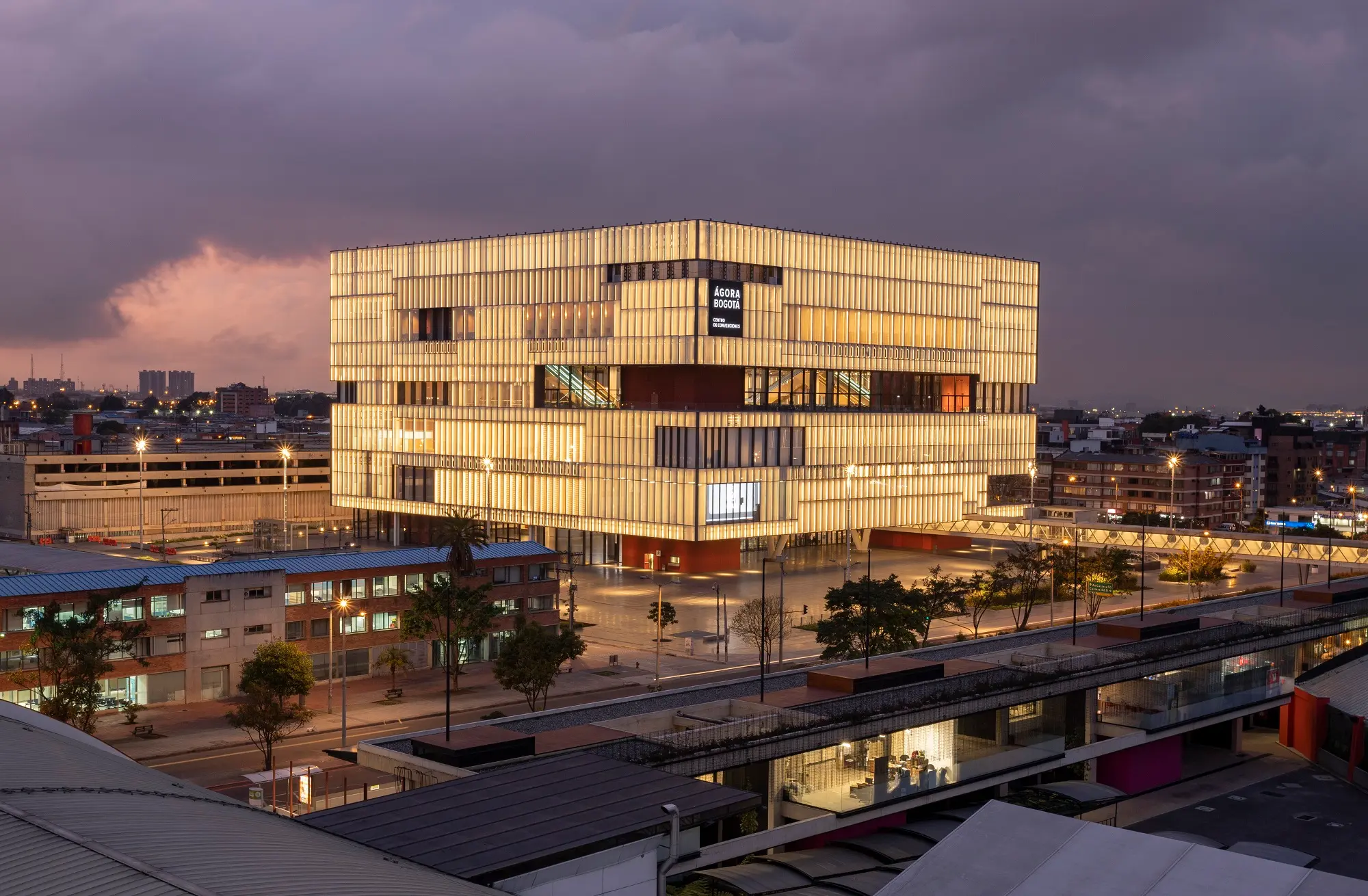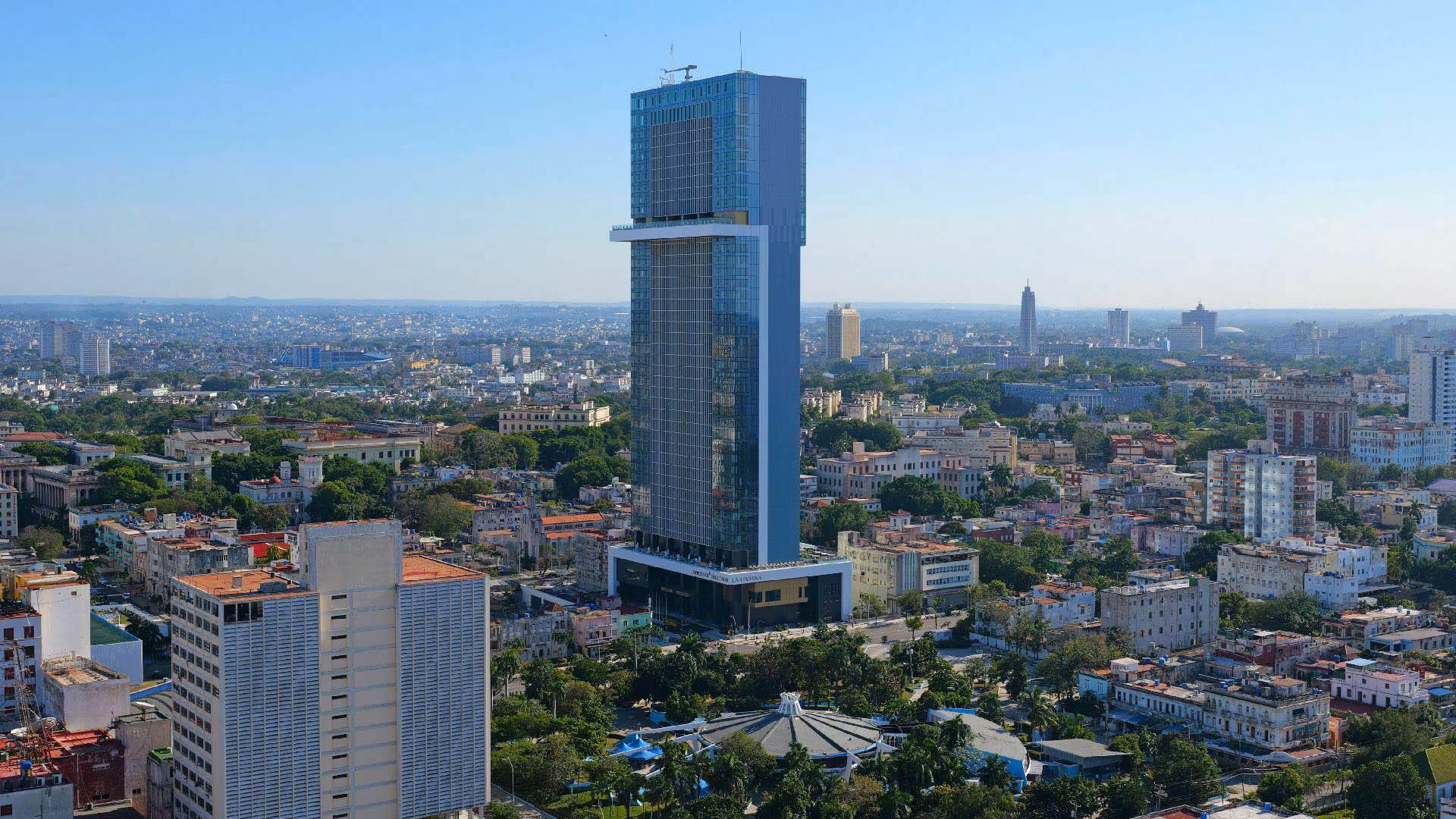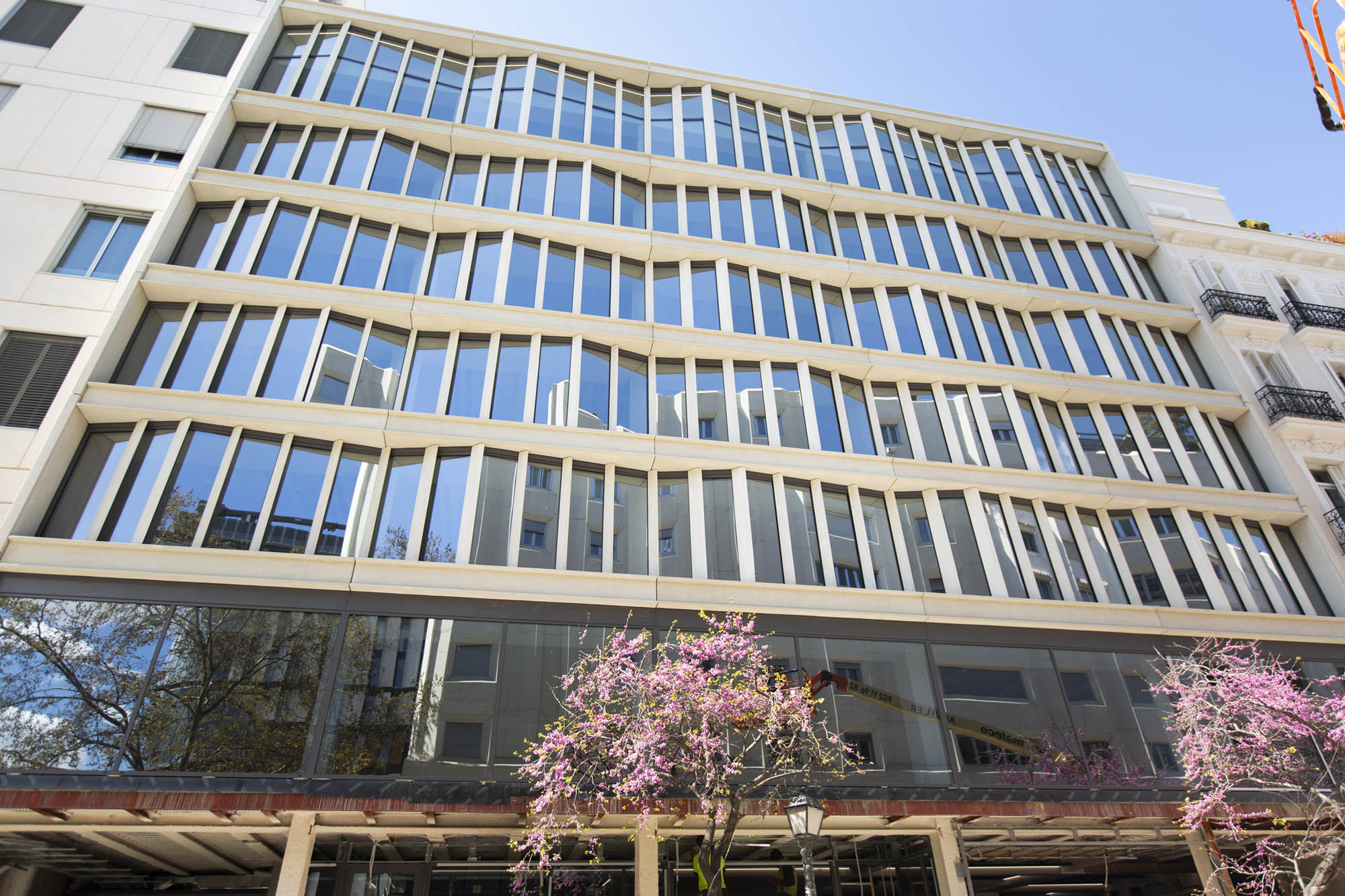Nuevo Pudahuel Airport
Context
Arturo Merino Benítez International Airport, in Santiago de Chile, is the country’s largest investment in airport infrastructures. Designed to take 30 million passengers a year (compared to 16 million before the project), it is now at the forefront of transport infrastructure design on the American content.
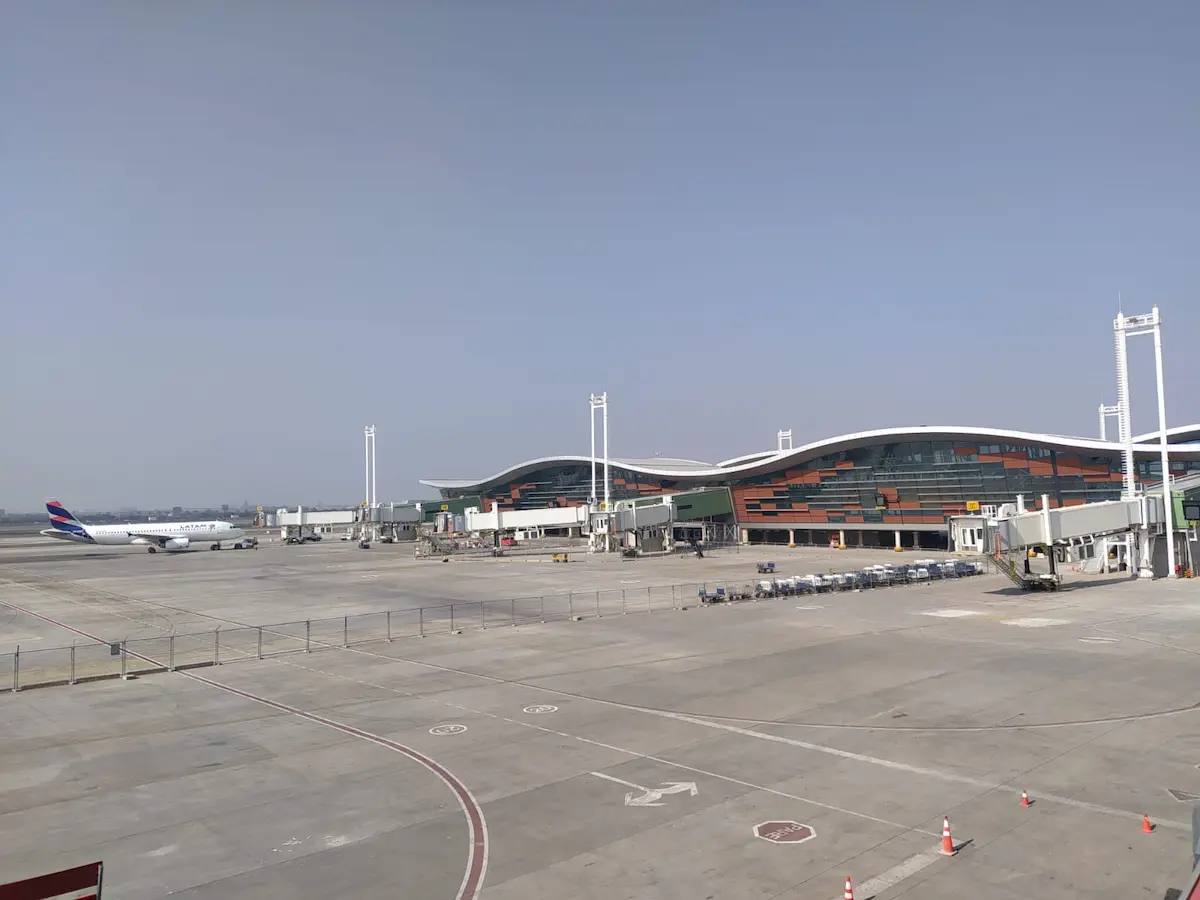
Scope
The new building handles international passenger transport, while the original remodelled terminal now only manages national flights. Both terminals are interconnected, providing a unitary image of the whole that is complemented by the car park buildings and the public roof, to form a large airport complex.
The project is unique in the southern cone of the American continent, and is now a reference in air transport, with a significant regional and international impact.
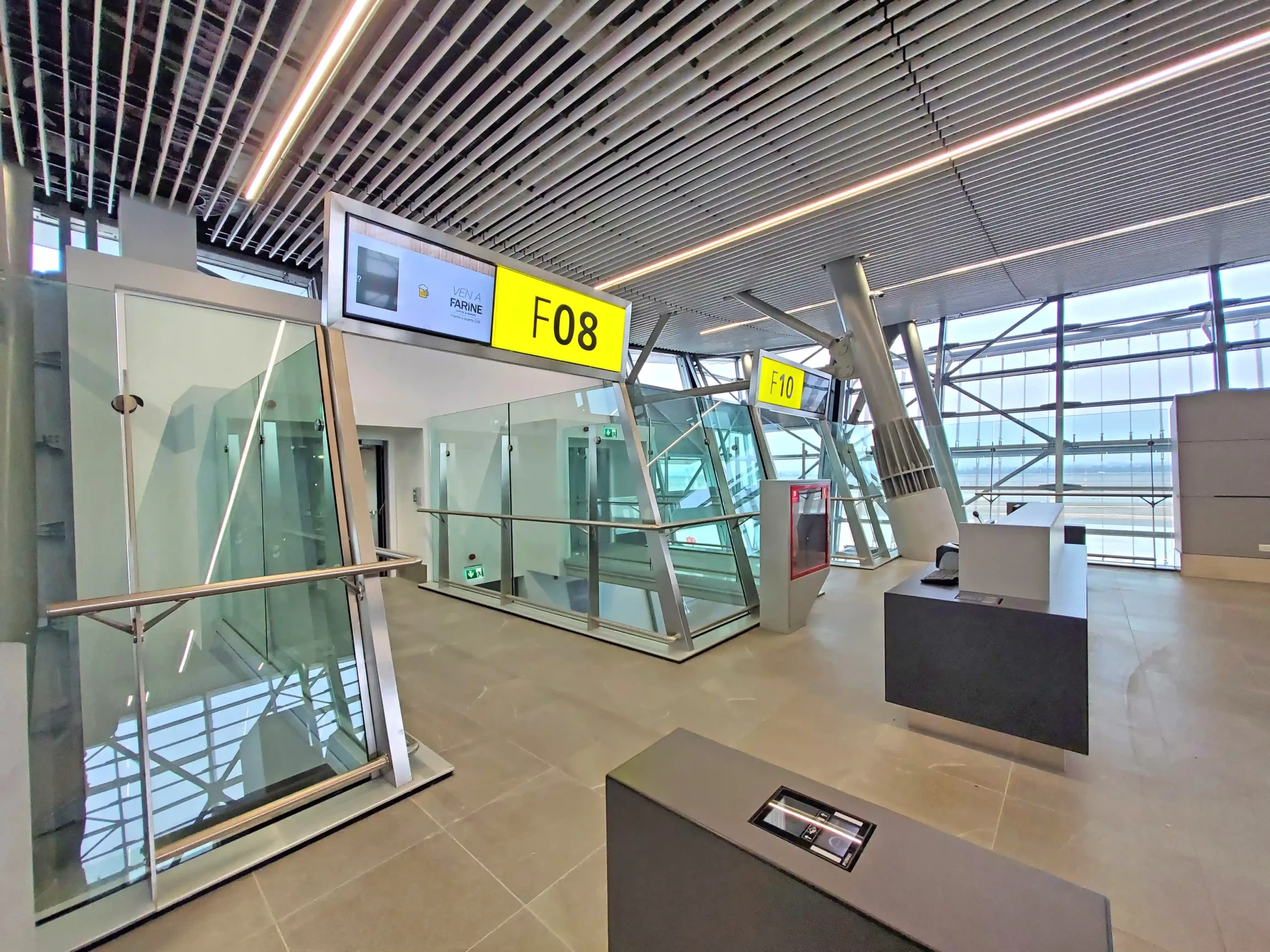
Challenge
The Nuevo Pudahuel airport was a major challenge for the detailed and demanding international logistics involved. Materials were transported by land and sea, in accordance with a rigorous delivery and monitoring schedule.
To ensure the safety of elements during transfer, the engineering area designed a protection system for the modular pieces, likewise optimising space and loads for each transport container. This new process enabled gains to be made in efficiency and the logistical costs of the projects to be reduced.
The execution of the load-bearing metal structure for the curtain wall was carried out in accordance with the high standards of seismic resistance in areas of high risk and was tested at our test benches (Aluman LAB) in accordance with stringent North American regulations.
